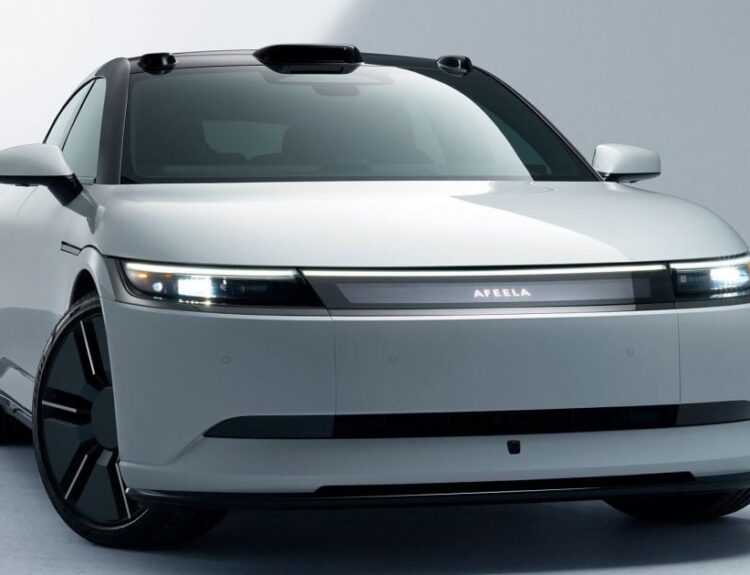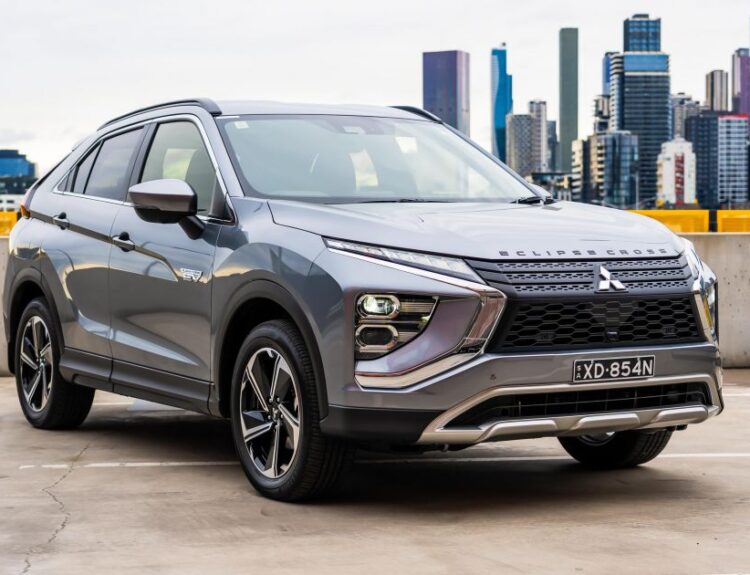
Chinese automakers are encountering significant hurdles in the European market, starkly illustrated by the European Union’s newly imposed tariffs on electric vehicles (EVs), which can soar up to 35%. This regulatory shift has begun to erode the market share that Chinese brands previously enjoyed.
This move is part of an escalating effort by the EU to restrict Chinese electric vehicles from saturating its automotive landscape. Domestic European manufacturers have long struggled against the low-cost offerings from Chinese companies, which benefit from substantial state funding that allows them to underprice foreign competitors. However, with the enactment of these tariffs, the competitive advantage of affordable prices for Chinese EVs is diminishing rapidly, prompting manufacturers to reassess their strategies on the continent.
A Distinct Shift in Market Dynamics
Recent data underscores the substantial effects that these tariffs are having on Chinese electric vehicle manufacturers. As of November, Chinese brands held merely 7.4% of the European electric vehicle market, a decline from 8.2% in October and marking their lowest representation since March, according to industry analysts at Dataforce.
The EU’s tariff measures were adopted following an investigation that determined China’s systemic subsidies have provided its EV sector with a competitive edge that undermines fair competition. This new tariff regime compounds an existing 10% import duty, with rates varying based on the cooperation of manufacturers during the inquiry and the degree of state support they receive.
Notably, brands such as BYD and SAIC’s MG have begun to feel the pressure from these changes. MG, formerly a leading name in Chinese automotive exports to Europe, reported an alarming 58% decrease in registrations year-on-year, as reported by research firm Jato Dynamics.
Diverging Fortunes: BYD’s Resilience
While MG grapples with declining numbers, BYD is demonstrating resilience under pressure. The Chinese automaker recorded 4,796 vehicle registrations in Europe in November—a twofold increase compared to the previous year. BYD appears more adept at navigating these headwinds than MG, which faces tariffs reaching 45%. Remarkably, nearly 80% of BYD’s registrations came from private and fleet consumers, indicative of sustained demand despite rising costs.
“BYD is capitalizing on the market dynamics while MG is encountering substantial challenges,” noted Julian Litzinger, an analyst with Dataforce.
A Familiar Scenario for Chinese Automakers
The EU’s new tariffs illustrate a growing trend of protectionism aimed at safeguarding local automotive enterprises amid the industry’s ongoing transition from internal combustion engines to electric alternatives. The European automotive sector, which employs hundreds of thousands of individuals, is under pressure. Although Chinese manufacturers have historically leveraged lower battery costs for competitive pricing, the EU’s latest measures are designed to recalibrate the market equilibrium.
Chinese automakers are no strangers to international resistance; they have faced barriers in markets such as the United States, and recent data reveals a 19% decline in global EV exports, including a 23% downturn to the EU in November, according to Chinese customs figures. As a result, many Chinese manufacturers are critically re-evaluating their strategies in light of these evolving conditions.
Mixed Results Across Europe
The impact of the tariffs has varied significantly across Europe. In key markets such as Germany and France, registrations of Chinese EVs more than halved year-on-year in November. Conversely, the UK, which is not subject to the new EU tariffs, reported a 17% increase in registrations, suggesting that the regulatory climate differs substantially across Europe.
The Evolving Landscape of Electric Vehicles
The broader electric vehicle market is experiencing a slowdown, with global adoption rates becoming increasingly volatile. Automakers are rethinking their strategies, from adjusting their model lineups to reconsidering production locations, all in response to changing consumer preferences and geopolitical dynamics. For Chinese manufacturers, establishing local production facilities in Europe is a long-term strategy to bypass import tariffs, though such investments require considerable time to bear fruit.
Navigating a Complex Future
The challenges encountered by Chinese EV manufacturers in Europe are reflective of larger threats facing the global automotive industry. Protectionist measures, shifting consumer expectations, and the burgeoning expenses associated with EV development have created a complex and uncertain business environment.
Some companies are seeking strategic partnerships to share resources and reinforce their market positions. For instance, Nissan and Honda are exploring a merger to enhance their collective EV capabilities. Such alliances could provide a blueprint for other automakers navigating challenging economic landscapes.
Conclusions
While the EU’s tariffs have certainly complicated China’s ambitions in the European market, they have not entirely derailed them. As automakers recalibrate their approaches, the competition for dominance in Europe’s electric vehicle sector remains intense. The upcoming months will be crucial in determining whether Chinese brands can sufficiently adapt to these new challenges or if they will be compelled to temper their aspirations in one of the world’s most vital EV markets.
Source:www.autoblog.com






